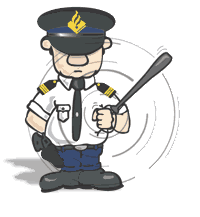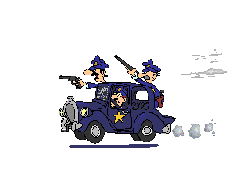PATROL METHODS AND STRATEGIES
Many years ago the patrol function comprises the bulk of the police agency's resources, and the police patrol officers constituted the mainstay of the police patrol effort, but due to limited patrol operation support and resources, patrol officer becomes frustrated and even disgusted at the lack of attention given to them. The consequence is that they patrol their beats for the sake of compliance without any productive purpose or objectives. Worse, some patrol officers resort to mulcting, extortion, and even conniving with criminals to commit a certain crime resulting in erosion of today's police images and credibility.
The strategic approach basically is crime prevention. However, observation-wise many of our today's police units focus much of their attention on specialized units rather than building up and improving our police patrol operations methods, techniques, approaches, and strategies. POLICE UNITS, WHETHER LARGE OR SMALL, MUST STRIVE TO IMPROVE, DEVELOP, UPDATE, AND REINFORCE their patrol functions' capacity and capability and through the use of a variety of methods.


No single police patrol strategy will work well in all cases or in every police jurisdiction because the choice of a particular strategy or combination of strategies to be applied will depend upon:
-
Available resources of the unit concern-men, money, machine, and material.
-
The particular crime problems, according to time and place and based on crime situation map and report monthly.
-
The culture, tradition, and characteristics of the community.
-
The imagination and determination of the Chief of Police and Patrol officials in developing patrol programs to meet the needs of his department & community.
 While it is true that the patrol officer cannot detect the thinking or desire of the criminal yet, he can destroy the OPPORTUNITY to commit a crime by his ever-presence, a patrol strategy known as the PSYCHOLOGY OF OMNIPRESENCE. The psychology of omnipresence, as an initial police patrol strategy, is to establish the aura of police presence in the community (maximum police visibility with public satisfaction and support), and is best exemplified and effectively applied in:
While it is true that the patrol officer cannot detect the thinking or desire of the criminal yet, he can destroy the OPPORTUNITY to commit a crime by his ever-presence, a patrol strategy known as the PSYCHOLOGY OF OMNIPRESENCE. The psychology of omnipresence, as an initial police patrol strategy, is to establish the aura of police presence in the community (maximum police visibility with public satisfaction and support), and is best exemplified and effectively applied in:
- Patrol's crime prevention activities by uniformed foot policemen as well as mobile patrol crew in a conspicuously marked radio-equipped patrol car.
- The strategic objective of omnipresence is for:
- The patrol officer to be seen alertly and constantly patrolling so as to establish a highly visible police presence; hence, to make presence psychologically be felt in spite of his physical absence thereby creating:
- The feeling of security and safety;
- Feeling of fear and hesitancy on the part of the would be violator or criminally inclined individual to commit a crime;
- Feeling of confidence that the police are constantly alert and available to respond to any situation at a moment's notice.
-
- Gain people's trust and confidence: The above activity can be STRATEGICALLY applied and implemented by means of:
- Preventive Patrol
- Re-Active Patrol
- Proactive Patrol
- Repressive Patrol
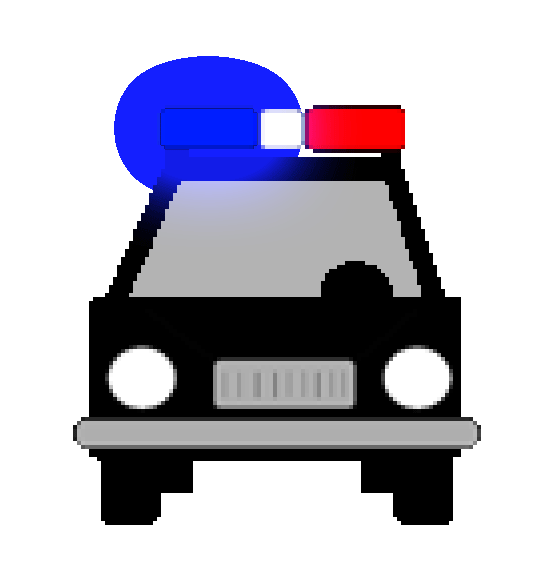
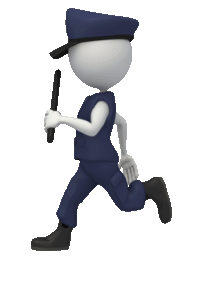

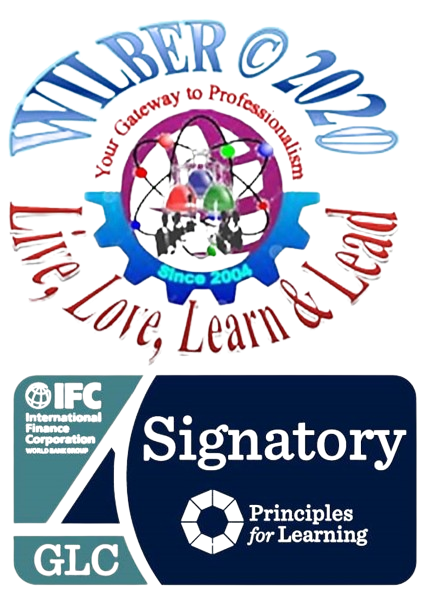
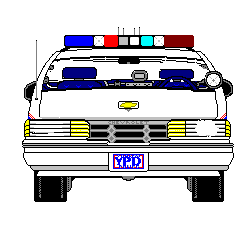

 While it is true that the patrol officer cannot detect the thinking or desire of the criminal yet,
While it is true that the patrol officer cannot detect the thinking or desire of the criminal yet, 